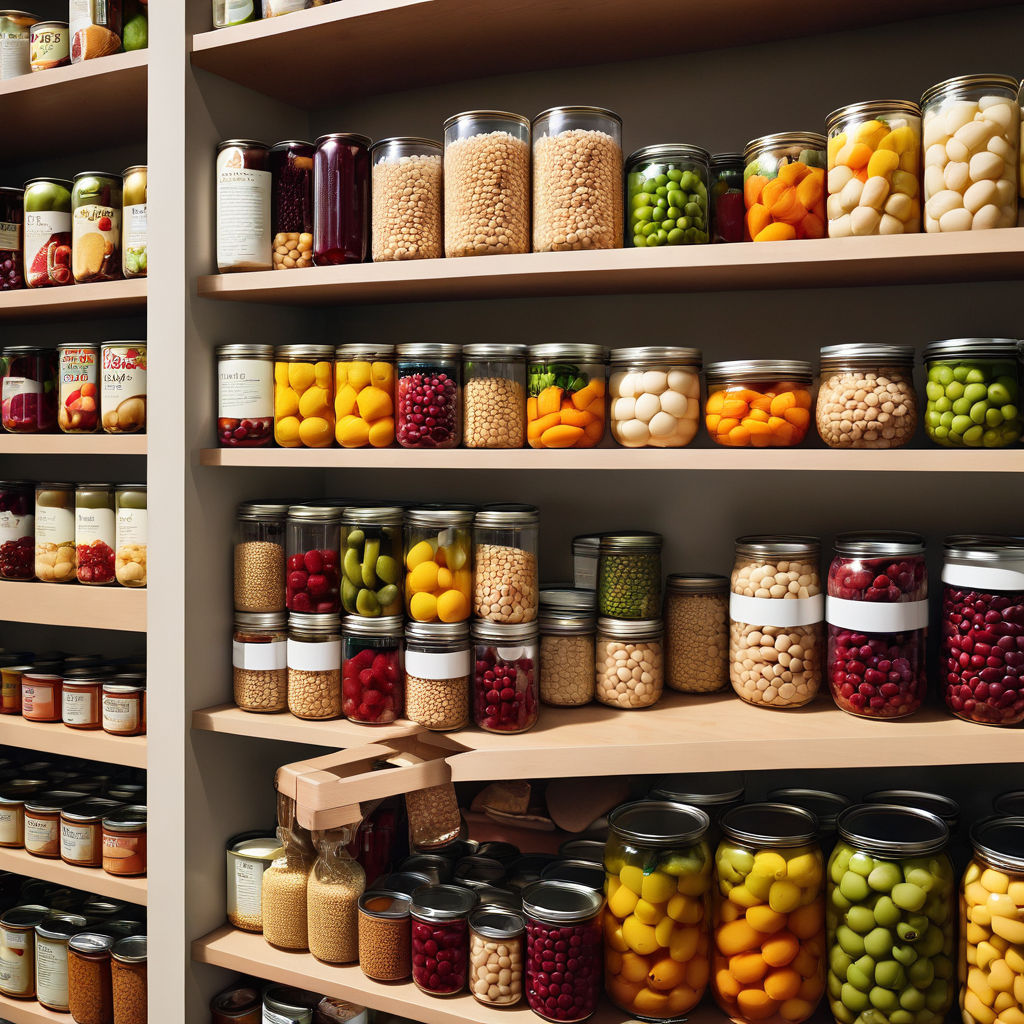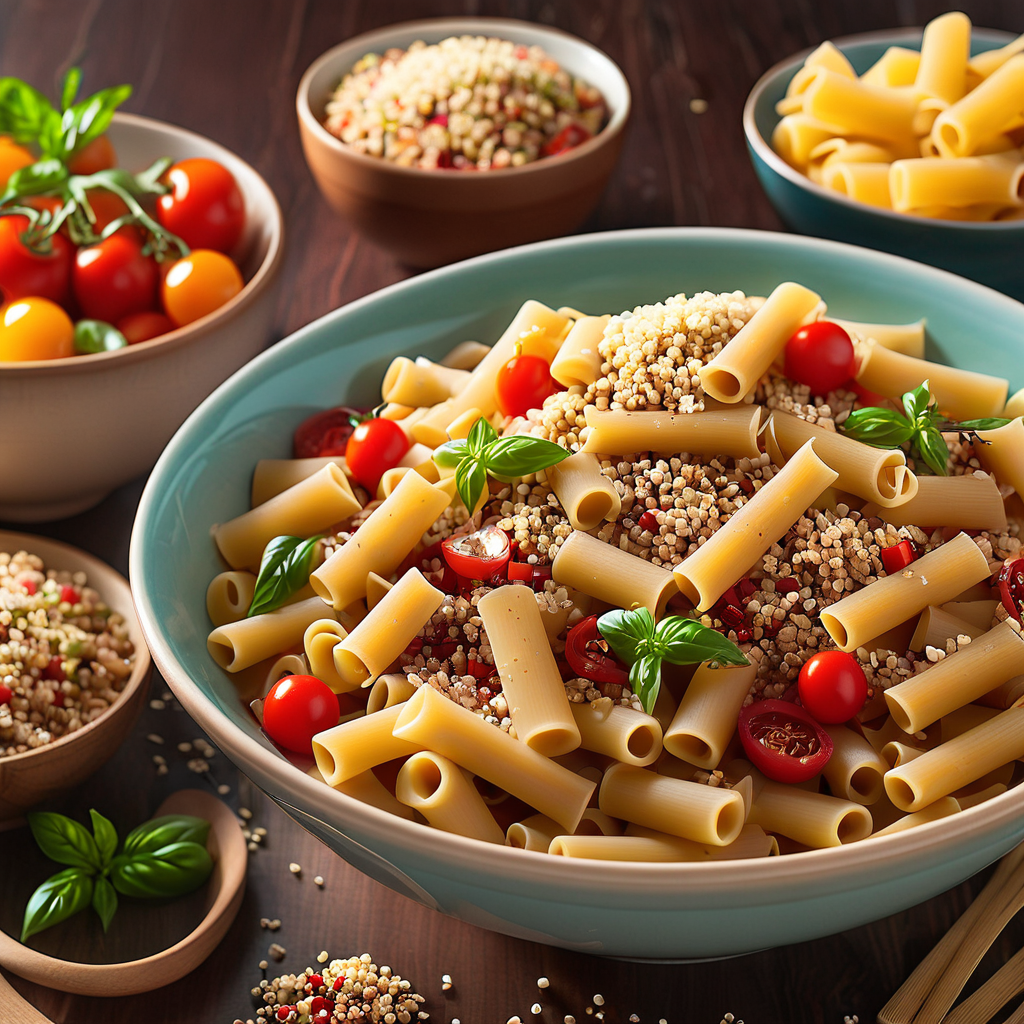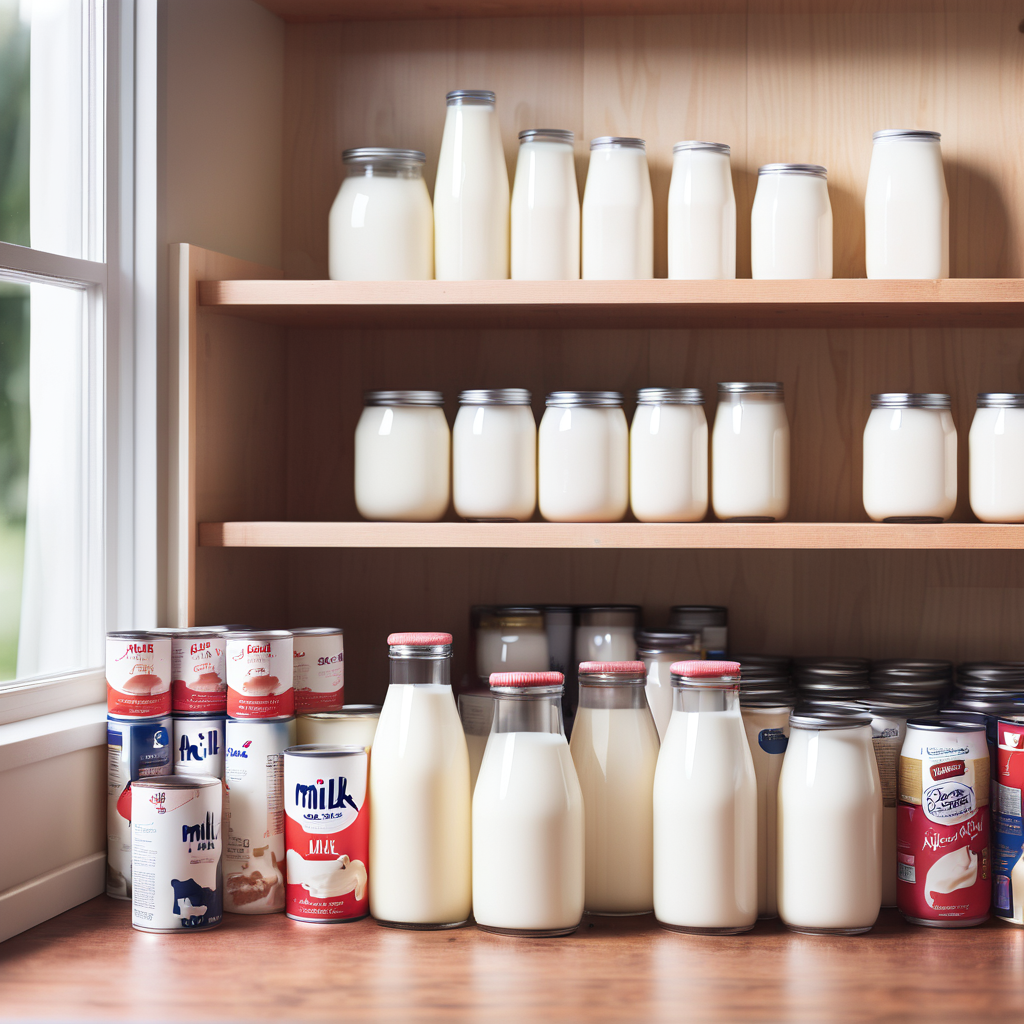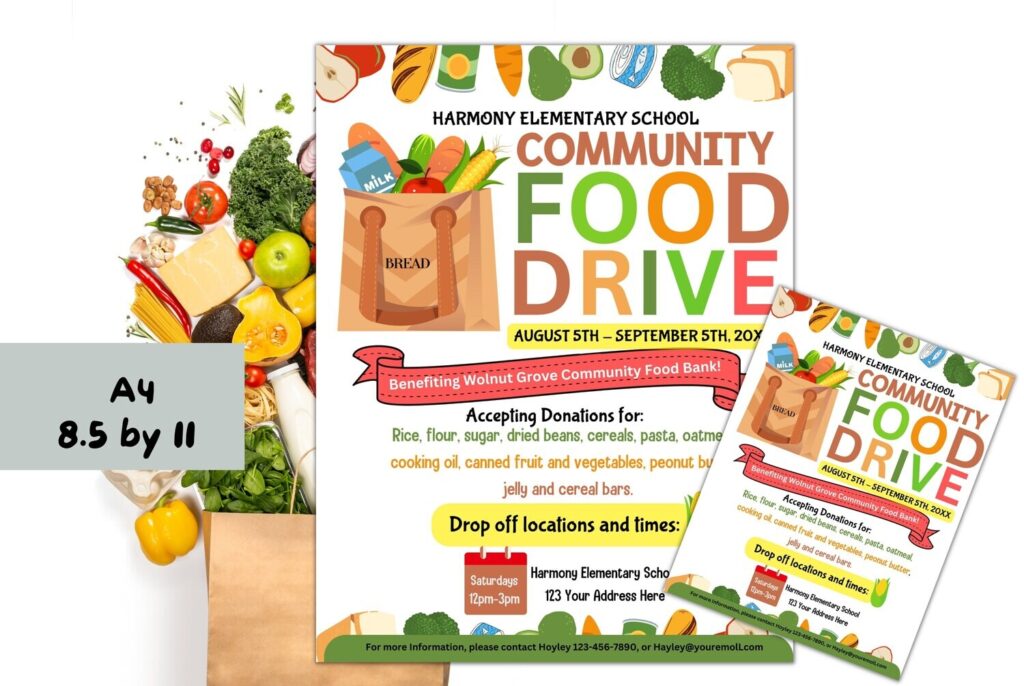Can crusaders unite! Choose the best canned goods for those in need. Food drives are a fantastic way to fight hunger in your community. But with so many options, choosing the right items to donate can be tricky. Wondering what types of food to donate to a food drive? This article will help you highlight items that provide the most nutritional value and variety for people facing hunger.
Pantry Foods for Lasting Meals
Canned Goods: Canned fruits, vegetables, beans, soups, and proteins like tuna or chicken are excellent donations. Look for items with pop-top lids that don’t require a can opener.

Grains and Pasta: Whole-wheat pasta, brown rice, and quinoa offer valuable fiber and complex carbohydrates, keeping families fuller for longer.

Peanut Butter and Nut Butter: A great source of protein and healthy fats, perfect for sandwiches, snacks, or adding a protein boost to meals.

Canned or Shelf-Stable Milk: Opt for low-fat or fortified options to provide essential vitamins and calcium.

Donation Round-Up
Healthy Cereals: For a nutritious breakfast option, look for whole-grain cereals with at least 5 grams of fiber per serving.
Dried Fruits and Nuts: Unsweetened dried fruits and unsalted nuts offer a concentrated dose of vitamins, minerals, and healthy fats.
Cooking Essentials: Consider donating olive oil, spices (salt, pepper, garlic powder, etc.), or broths to help families create well-rounded meals.
General Tips for Smart Donating
Focus on Nutrient-Rich Choices: When possible, select whole-grain, low-sodium, and sugar-conscious options.
Check Expiration Dates: Ensure everything you donate is unexpired and well within its “best by” date.
Consider Dietary Needs: Donate some gluten-free or low-sugar options for those with dietary restrictions.
Conclusion
Even a small contribution can make a big difference. By providing different types of food to donate to a food drive, you’re helping families in need have access to a balanced and healthy diet. By following these tips and focusing on healthy options, you can ensure your donation provides families with the resources they need to prepare nutritious and satisfying meals. So, join the fight against hunger and donate to your local food drive today!
Shop With Elearningyard.com!
Buy Now: Click this link to buy our Editable Food Drive Flyer

